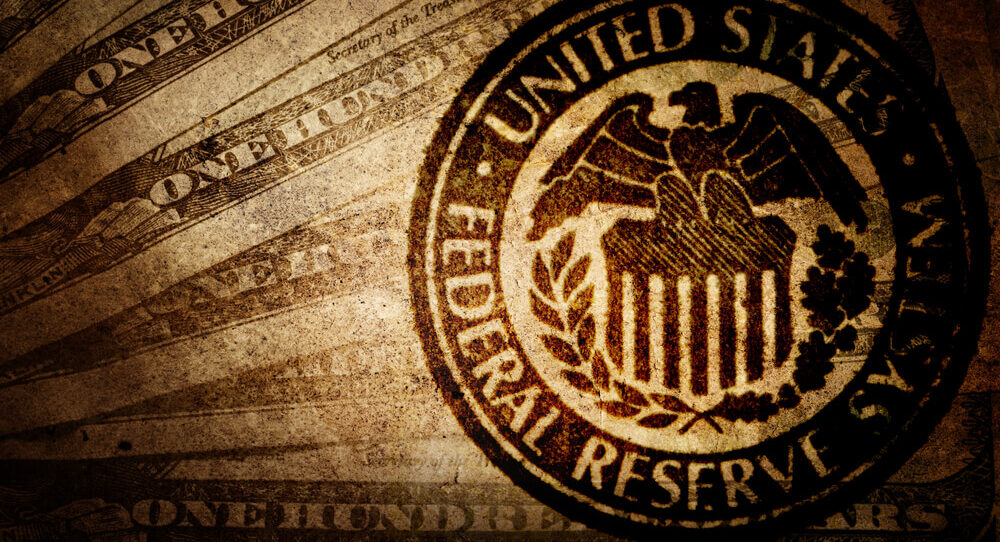A sharply divided Federal Reserve cut its key benchmark interest rate for a second time this year while saying it’s prepared to continue doing what it deems necessary to sustain the U.S. economic expansion.
The Fed’s move will reduce its benchmark rate by an additional quarter-point to a range of 1.75% to 2%. The Fed’s key rate influences many consumer and business loans.
The action was approved on a 7-3 vote, with two officials wanting to keep rates unchanged and one arguing for a bigger half-point cut. It was the largest number of Fed dissents in three years.
The U.S. economy appears durable in its 11th year of growth, with a still-solid job market and steady consumer spending. But the Fed is trying to combat threats including uncertainties caused by President Donald Trump’s trade war with China, slower global growth and a slump in American manufacturing. The Fed notes in its statement that “business fixed investment and exports have weakened.”
Updated forecasts issued Wednesday by the Fed show that seven of 17 officials foresee an additional rate cut this year. But the outlook becomes hazier in 2020: At least two officials expect a rate hike next year.
None of the policymakers foresee rates falling below 1.5% in 2020 — a sign that the turbulence from a global slowdown and Trump’s escalation of the trade war is viewed as manageable.
The median forecasts show that the economy is expected to grow a modest 2.2% this year. Unemployment is projected to be 3.7% and inflation 1.5%, below the Fed’s target level of 2%.
Most economists have scaled back their forecasts for further rate cuts this year to one or two beginning the one the Fed announced Wednesday. A resumption of trade talks between the Trump administration and Beijing and a less antagonistic tone between the two sides have supported that view.
So has a belief that oil prices will remain elevated, that inflation might finally be reaching the Fed’s target level and that there are increasing signs that the U.S. economy remains sturdy. The job market looks solid, wages are rising, consumers are still spending and even such sluggish sectors as manufacturing and construction have shown signs of rebounding.
Yet no one, perhaps not even the Fed, is sure of how interest rate policy will unfold in coming months. Too many uncertainties exist, notably the outcome of Trump’s trade war.
Trump has kept up a stream of public attacks on the central bank’s policymaking, including referring to Chairman Jerome Powell as an “enemy” and the Fed’s policymakers as “boneheads.” Even though the economy looks resilient, the president has insisted that the Fed slash its benchmark rate more deeply — even to below zero, as the European Central Bank has done — part to weaken the U.S. dollar and make American exports more competitive.
No one expects the Fed to go anywhere near that far. Powell has said that the policymakers remain focused on sustaining the expansion and keeping prices stable without regard to any outside pressures.
At a news conference Powell will hold Wednesday, he will likely be asked about the risks facing the economy, including the attacks on Saudi oil production facilities, which sent oil prices surging and could raise inflation expectations.
The Fed is also monitoring the global slowdown, especially in Europe, and Britain’s effort to leave the European Union. A disruptive Brexit could destabilize not just Europe but the U.S. economy, too
U.S. inflation, which has long been dormant, has begun to show signs that it is reaching the Fed’s 2% target and might remain there. If the Fed’s policymakers conclude that inflation will sustain a faster pace, it might give them pause about cutting rates much further.
© The Associated Press. All rights reserved.
